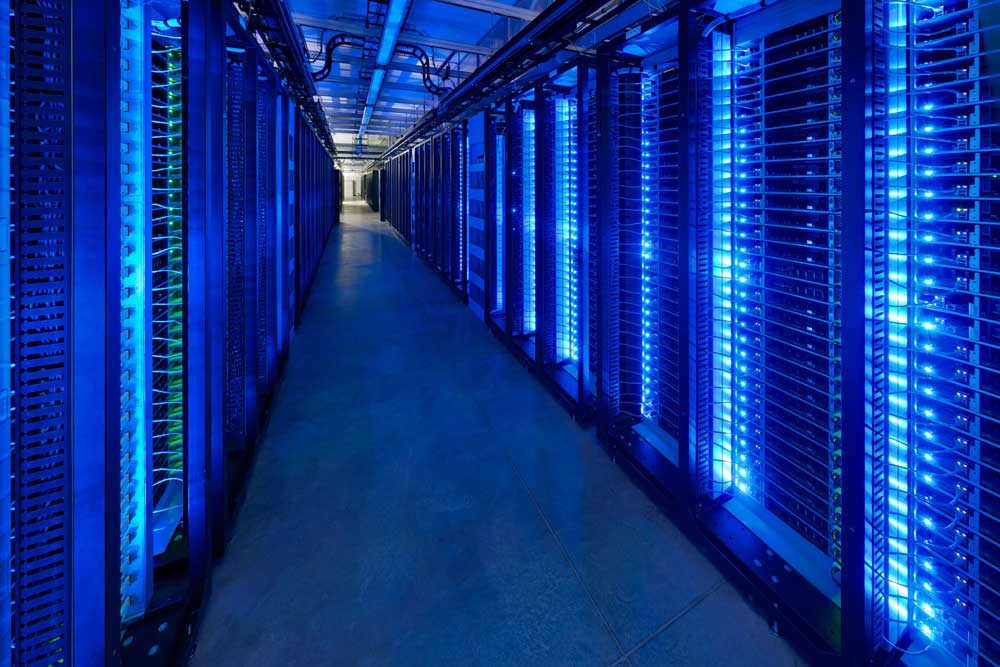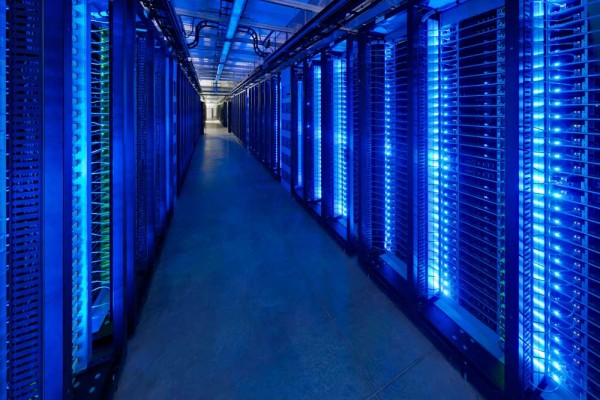Today’s technologies make it possible for individuals to purchase and install servers to their home computers. and you could even turn a single computer into a server with multiple server software installs.
On the other hand, small and mid- to large-sized sized businesses have a number of different options including tower, rack and blade servers.
In other words, to answer the above question, it depends.
Setting Differences
Homes and small businesses typically have at least two workstations producing network traffic; however, if a small business only had about 2 to 20 workstations in use, a tower server might be a good option.
A mid-sized business with 50 to 100 workstations might not be big enough for a data center, but is certainly too big for towers, so a rack server would be a good choice here. A business that makes use of a data center, a server room with a supercomputer, or more than 100 workstations would benefit from using either a rack or a blade server.
Tower Servers for Homes and Small Businesses
The typical tower server setup consists of installing server software onto one or any other number of tower enclosures, all of which look like components of a regular computer. Towers are great for home or small business use because they are usually associated with a lower cost than other server types. However, there is a bit of a tradeoff with towers. For example, the number of towers will typically expand with the expanding workplace, which can become costly.
Towers also command the use of more space than other servers do, although you can easily convert them into rack servers with a conversion kit. Depending on how they are used – towers often require the use of a monitor and keyboard/mouse, cabling (wire spaghetti!) and other I/O requirements.
The bottom line is that with a tower server, you will have to trade space and wire spaghetti for the lower cost, which is OK for a small businesses or at home, but not good for larger businesses.
Rack and Blade Servers
Data centers benefit from both rack and blade servers for three reasons:
- Racks and blades are space and cost conscious
- Racks and blades offer expansion options – rack servers more so than blade servers
- Wire spaghetti is minimized
Rack servers: These are setup exactly as the name denotes; a rack enclosure is usually 19 inches wide and each rack unit (U) is 1.75 inches tall. For example, a 5U rack contains 5 19-inch by 1.75 inch server units. Also contained within a rack unit is other equipment required to run a data center.
This can include everything from backup batteries and storage arrays to switches and even a cable management system, although keeping track of the different network cables can become a near impossible task depending on how many you need to run the setup. Racks also require the use of monitors and a keyboard/mouse setup just as towers do, but with expansion possibilities practically unlimited, and the immense CPU and RAM resources possible, the trade off is worth the added headache.
Blade servers: These are space conscious, and are essentially a stripped down version of the rack server, but keep in mind that while rack servers come in multiple U iterations, blade servers only come in 2U configurations. Although each manufacturer differs in what they include in the basic blade system setup, they do contain each necessary element to run as a computer does.
A recent Research & Market study in June 2013 associated blade servers with low operational costs, despite the initial investment required for blade installation. This is especially true when consolidating data centers into a central location, a recent trend, according to the report.
While blades require the use of special power connectors, they do use fewer overall resources, which means lower power consumption and associated costs is possible, but while maintaining increased productivity. One major advantage to using a blade servers is that they are operable using a single connected interface, instead of requiring a monitor and keyboard/mouse setup for each.
The one main downfall of any blade system is an incompatibility issue. For example, if you purchase a Dell blade, you cannot expand the system with an HP in the same enclosure. Otherwise, A mid to large sized business typically requires intensive computing and networking resources, and while both the blade and rack server setups accomplish the goal, the blade system is a bit more of a power monger, making it perfect for the job.



